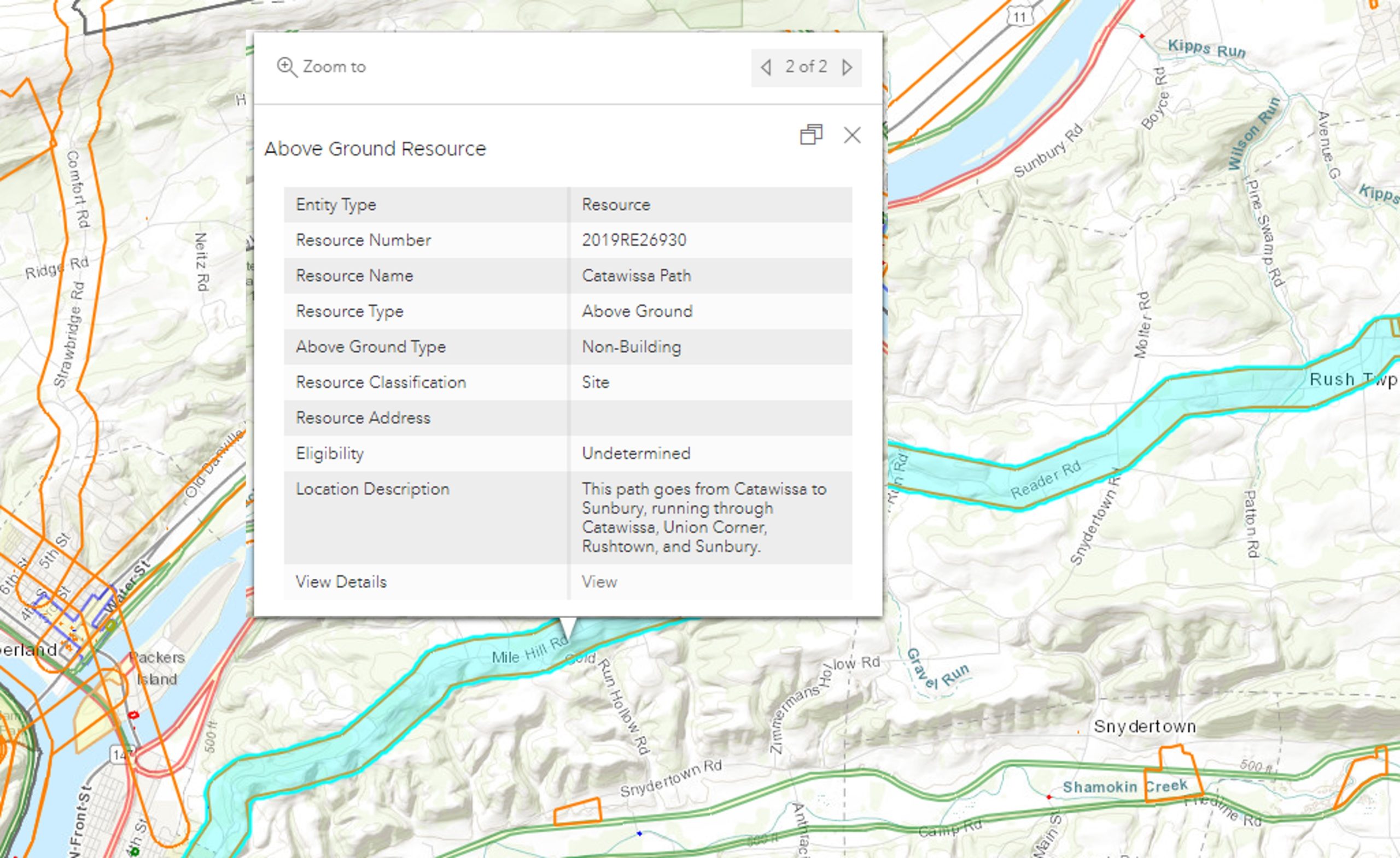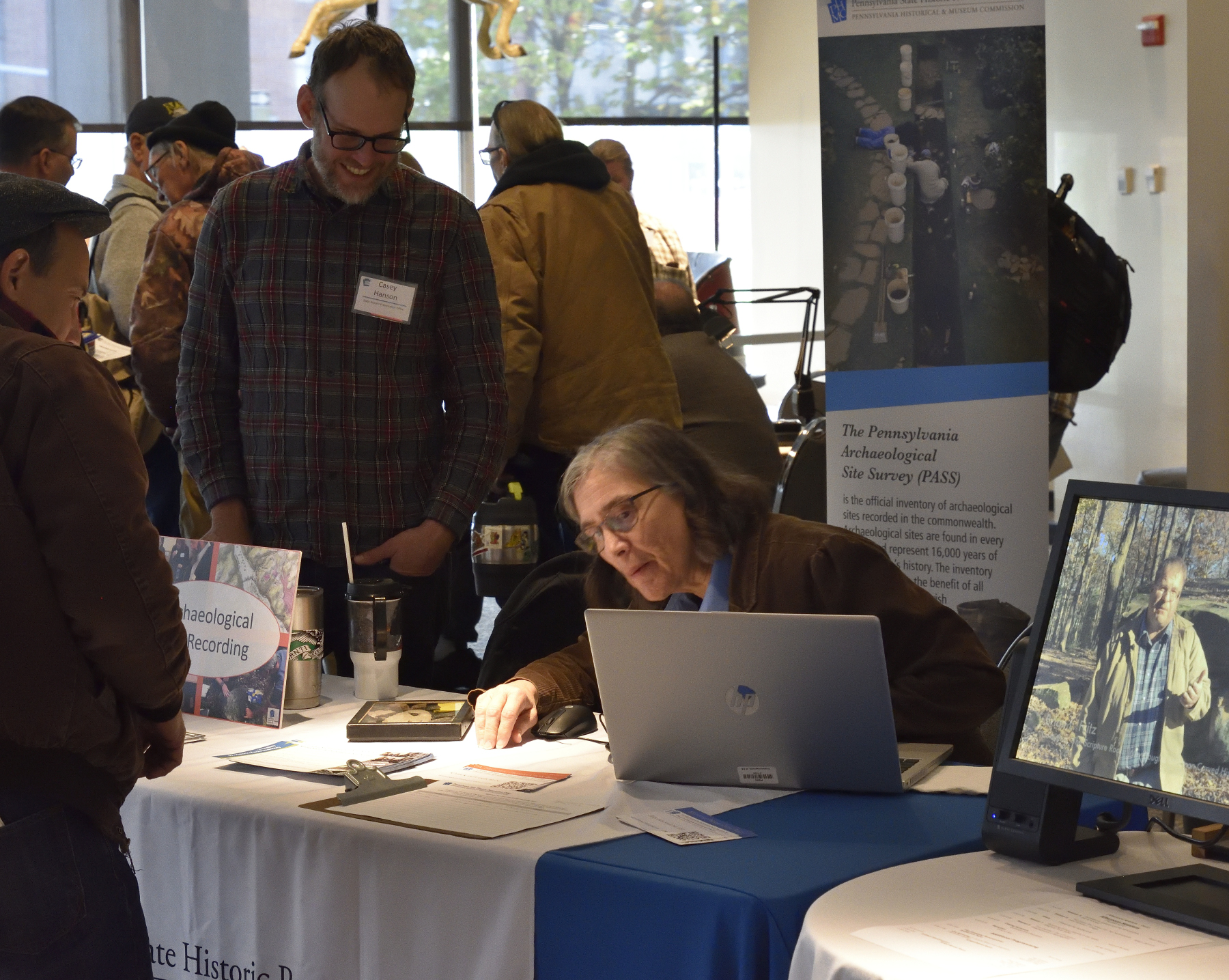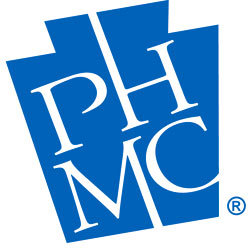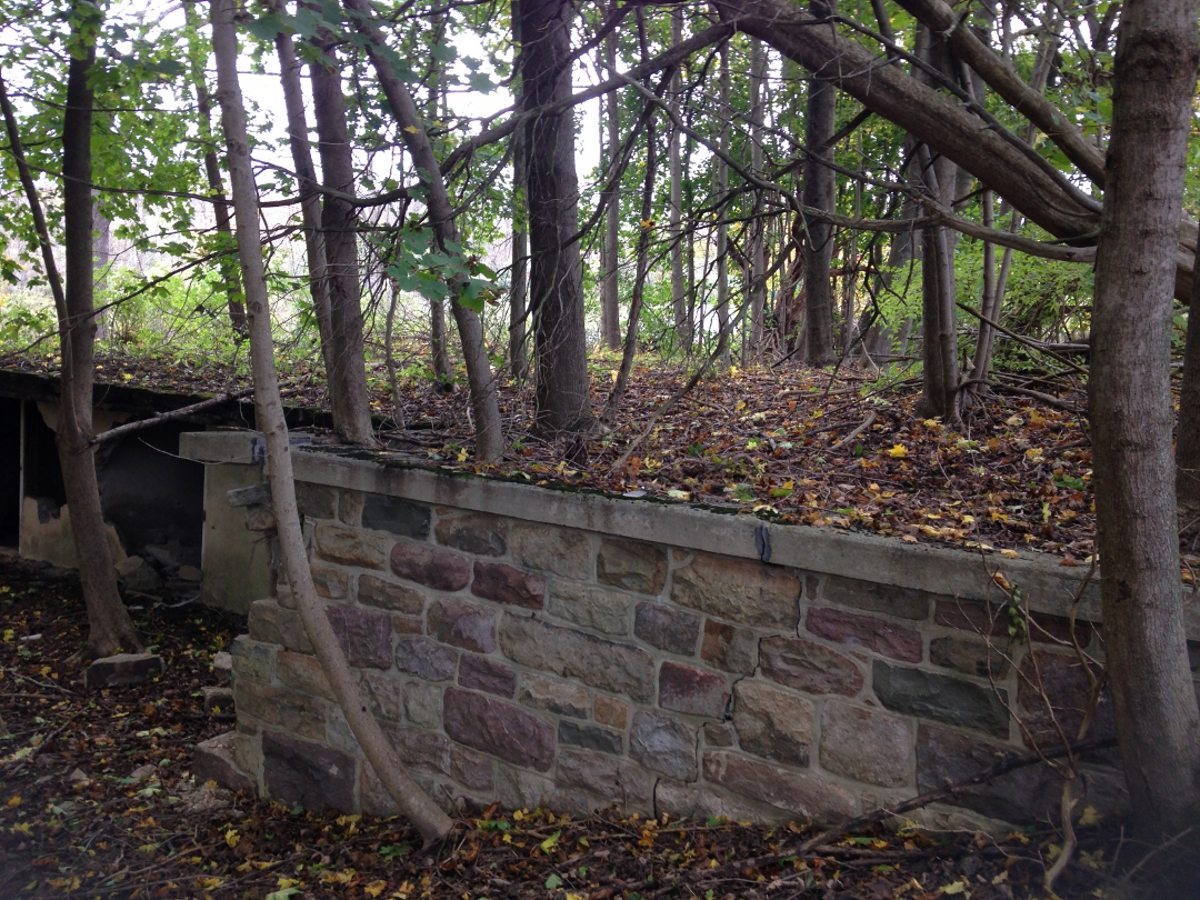
We had a new release in CRGIS this week. Most of the changes were things that will just make it move more smoothly for you, but there are two things that we wanted to point out:
You can now see attachments to individual inventory items within districts.
In the past, all attachments were only visible on the main record for the district and it was impossible to tell which building they referenced. New attachments are now added at the inventory level. We have not (yet) gone back and moved older attachments, but those from our scanning efforts and all future ones will be linked at this level.
Attachment names must be unique!
Although our guidance asks you to name all attachments with a name that will be unique, we found that generic names are being used and files are being lost though overwriting. The system now checks for duplicate names and adds a (2) behind the name if it already exists in the file. Please do not change the attachment name in the table after you have uploaded it. The record in the database is a link to your file on the server. If you change the name, the link is broken. So… if you see that the system has added the (2), please do not change it. Following our naming protocols found in the Data Entry Manual will go a long way towards eliminating this issue and safeguarding your work.











Recent Comments